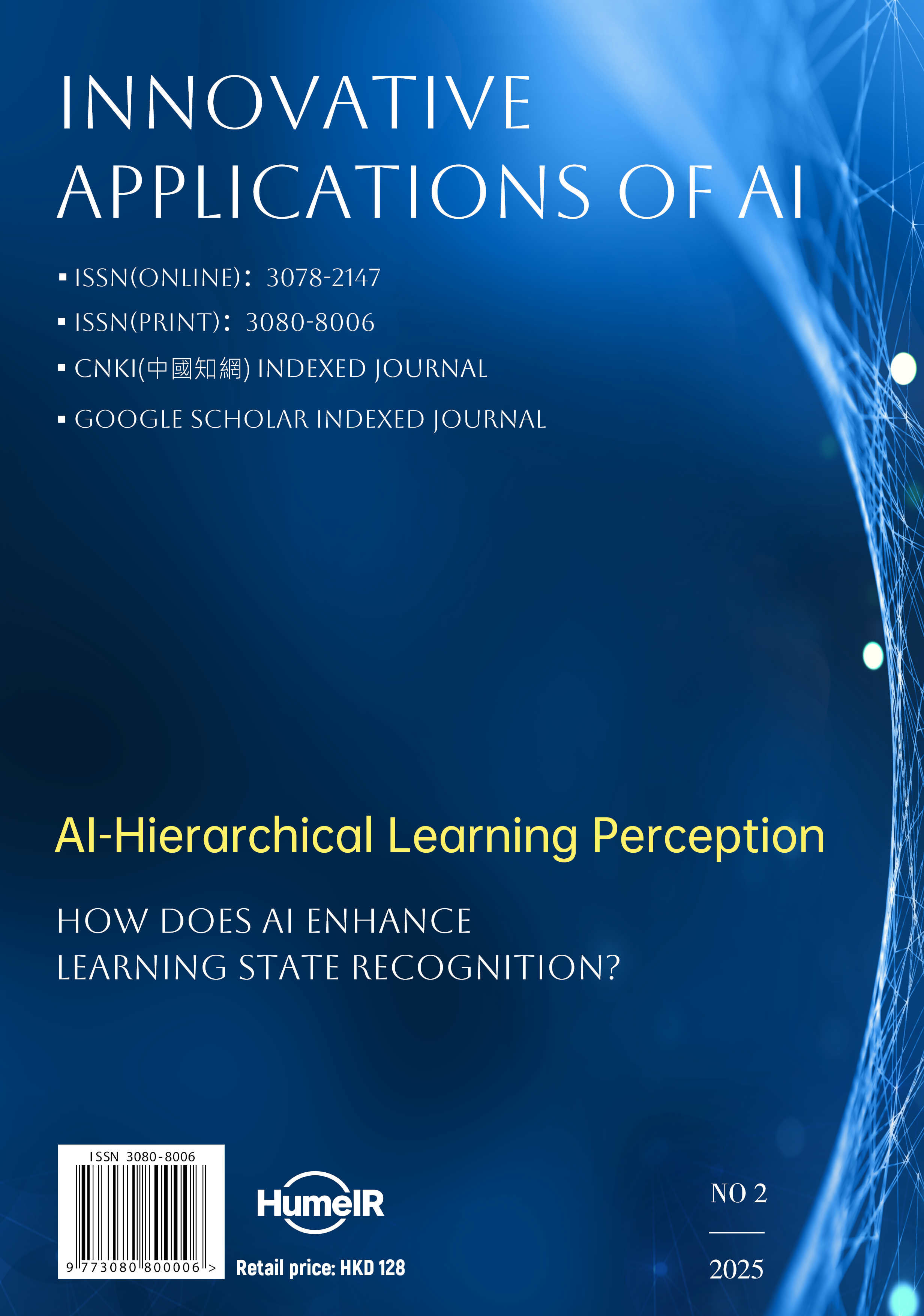Inversion Models for Orchard Soil Nutrient Content Using Near- Infrared Spectroscopy
DOI:
https://doi.org/10.70695/AA1202502A16Keywords:
Near-infrared Spectroscopy; Soil; Available Nutrient; Feature Selection; Random ForestAbstract
Precise determination of available nitrogen (N), phosphorus (P) and potassium (K) concentrations in soil is essential for orchard fertilizer management. However, conventional chemical analytical methods are time-consuming and costly, making it difficult to meet the demand for rapid detection in modern agriculture. Near-infrared spectroscopy (NIRS) is a promising approach for rapidly detecting soil nutrient concentrations. This study aims to develop inversion models, including partial least squares regression (PLSR), support vector machine (SVM), and random forest (RF), to accurately determine the concentrations of available N, P, and K in soil using NIRS. To mitigate spectral interference and enhance prediction performance of inversion models. we systematically implemented multiple preprocessing methods including Savitzky-Golay smoothing (SG), multiplicative scatter correction (MSC), standard normal variate transformation (SNV), moving average (MA) and first-derivative transformation (FD). The results indicated that the RF model achieved superior predictive accuracy compared to the PLSR and SVR, with prediction performance for available N being R²=0.539, RMSE=21.408 mg/kg, and RPD=1.490; for available P, R²=0.536, RMSE=25.056 mg/kg, and RPD=1.484; and for available P, R²=0.429, RMSE=42.452 mg/kg, and RPD=1.338. Compared with the spectral data without preprocessing, the performance of RF model improved by 8.53%, 3.17%, and 0.47% for the R² values for available N, P, and K, respectively. The comparison of the preprocessing methods in combination with the RF model revealed that MSC had the best model accuracy for the available N (R²=0.585, RMSE=20.326 mg/kg, RPD=1.569), SG had the best model accuracy for the available P (R²=0.553, RMSE=24.585 mg/kg, RPD=1.513), and MA had the best model accuracy for the available K (R²=0.431, RMSE=42.383 mg/kg, RPD=1.340). It is noteworthy that the model accuracy is worst for the available K, possibly due to its inherently weaker spectral response characteristics and lower signal-to-noise ratio. This study shows that NIR spectroscopy using appropriate preprocessing methods and regression models can accurately predict soil nutrient concentrations, supporting precision fertilization management in orchard production systems.
